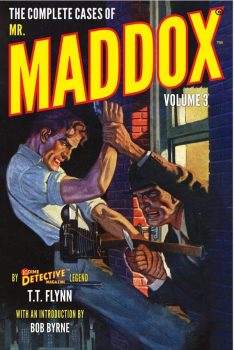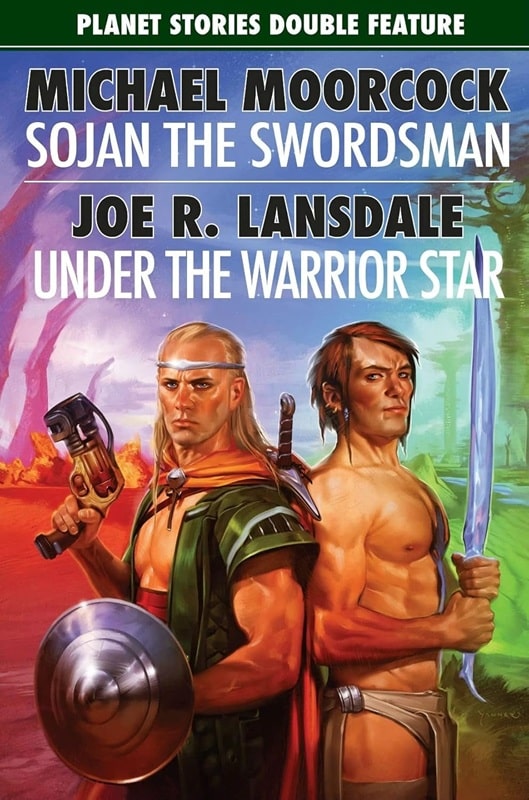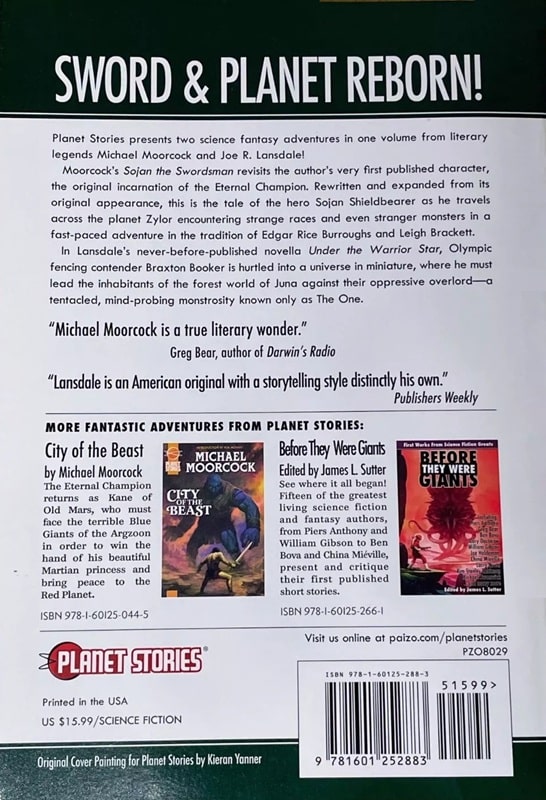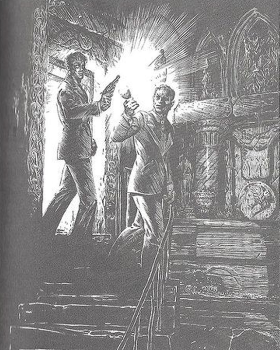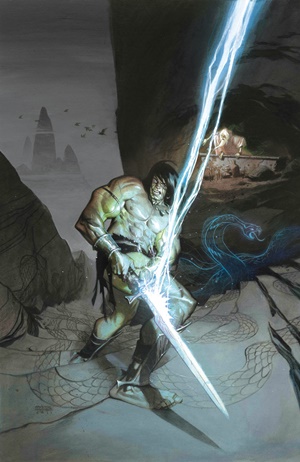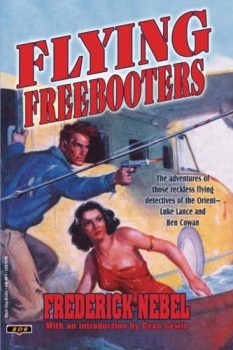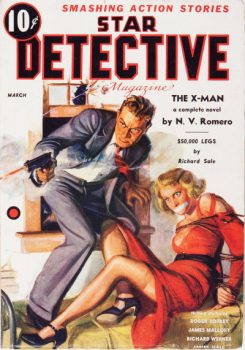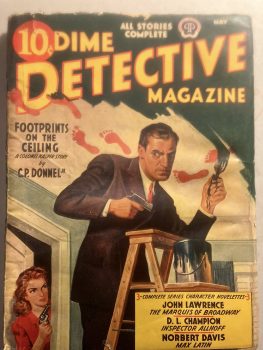What I’ve Been Listening To: August, 2025
 What I’ve Been Listening To is back for another installment. Audiobooks are omnipresent in my life now. Work, home, car, walking, bedtime: I’m constantly listening to them. Often something I’ve listened to before, which lets my mind half-focus to no ill effect. But I’m still listening.
What I’ve Been Listening To is back for another installment. Audiobooks are omnipresent in my life now. Work, home, car, walking, bedtime: I’m constantly listening to them. Often something I’ve listened to before, which lets my mind half-focus to no ill effect. But I’m still listening.
Some recent plays – all Audible, as I need to get Hoopla set up on my ‘new’ used phone. I have listened to five different Bruce Campbell projects recently, so that’s probably another post.
MIDDLEBRIDGE MYSTERIES
I wrote about Mistletoe Murders, which is an Audible original series. It’s like a Hallmark mystery movie. Emily Lane runs a Christmas-themed store, but she has a secret past. Of course, there’s a local cop boyfriend, with a daughter named Violet.
I like the series, and they turned it into a Hallmark TV series as well, though I’ve not seen that yet. It uses different actors, which I’m not too enthused about.
Well, Violet was trying to get into college at the end of season three, and she did. So, Anna Cathcart is back and starring in Violet’s freshman year in criminal justice studies. Her professor is played by Eric McCormack (Will and Grace). I was a big fan of his show Perception and he’s good as a supporting character here.
